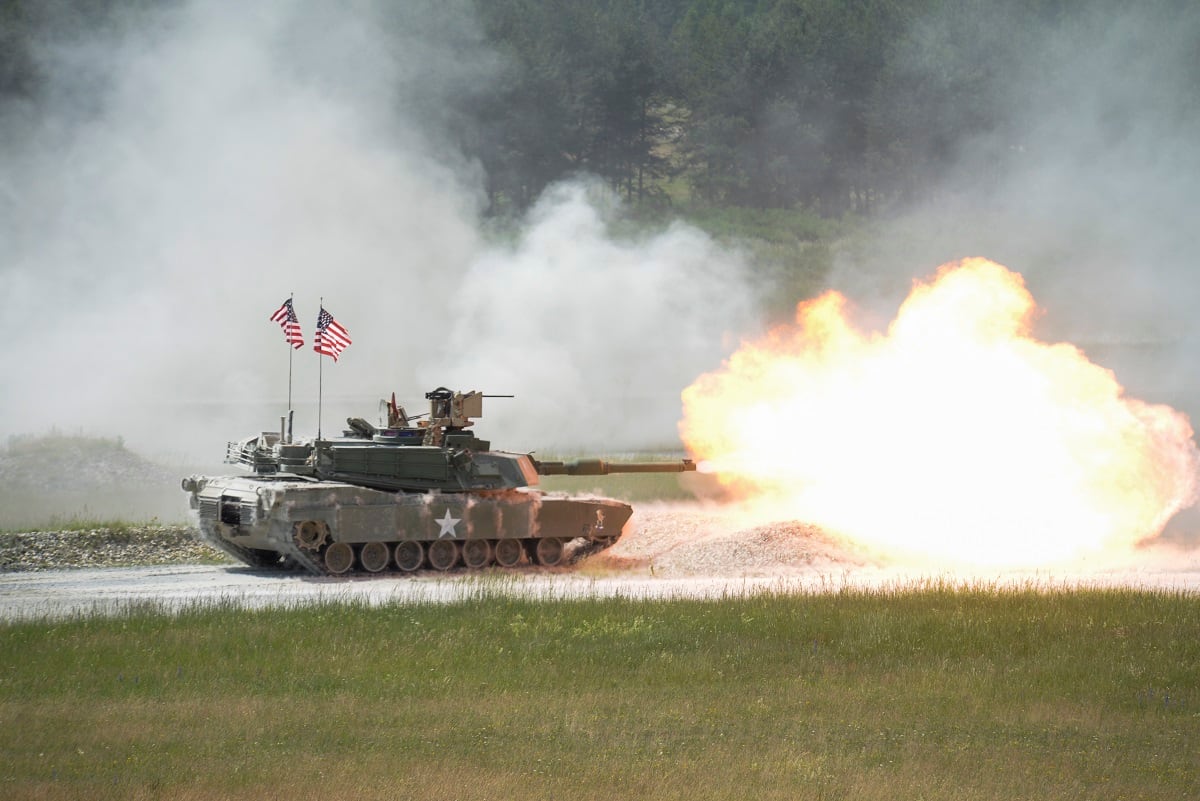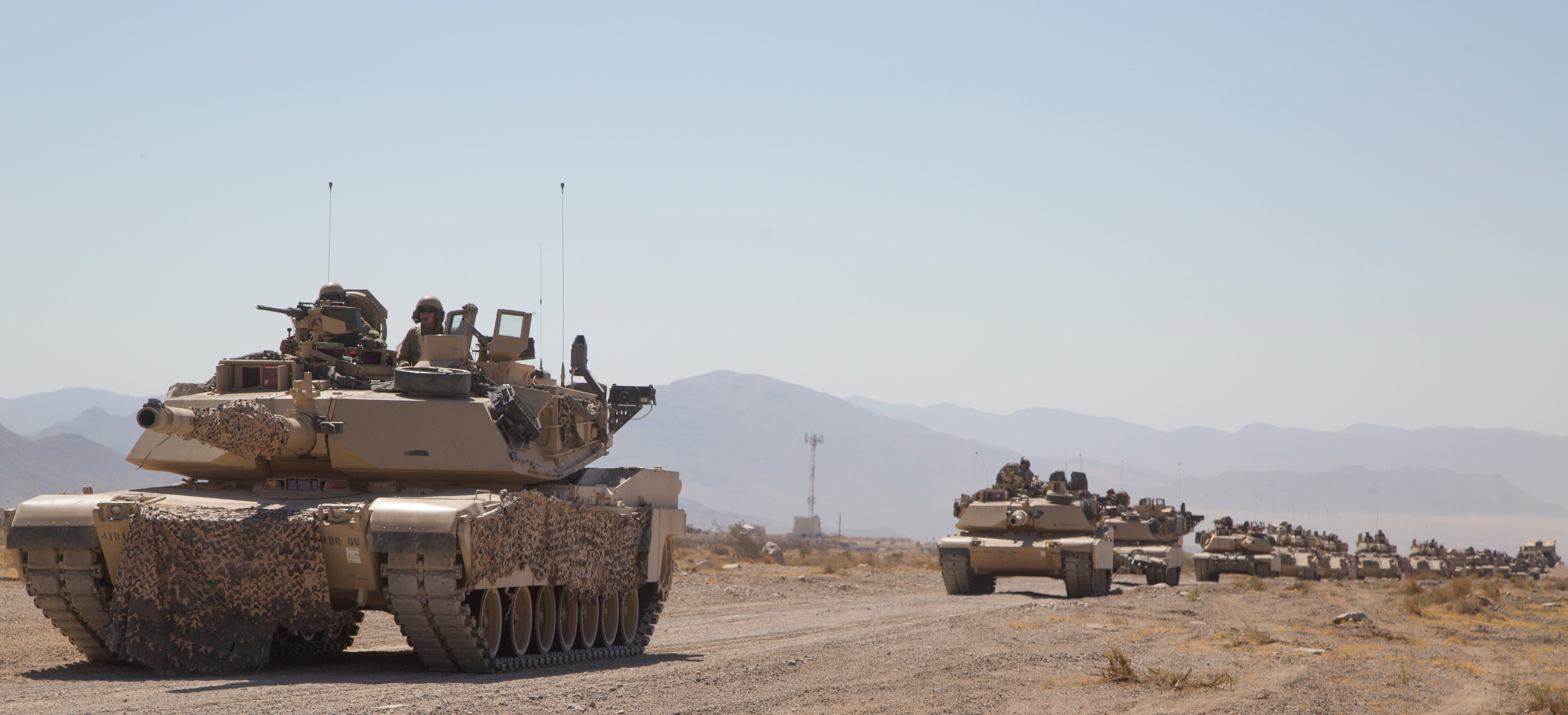In the not too distant future, the main ground vehicle providing the mass of firepower on the battlefield may look nothing like the tank that has driven heavy combat for a century.
Brig. Gen. Ross Coffman, director of the Army’s Next-Generation Combat Vehicle Cross-Functional Team, told the audience at the Association of the United States Army’s annual meeting that while the M1 Abrams tank has a few service years left, work being done now may shape its future replacement.
And anything’s on the table.
“If that is run by a flux capacitor, hovers and has a ray gun and we can make it run at a reasonable cost, we’ll look at it,” Coffman said. “We don’t want to stifle any initiatives with preset notions of ‘it has to be a tank, has to have a 120mm cannon.”
But before hovering battle tanks reach the battlefield, a few other vehicles need replacing first.
Namely, the Army needs to find something to fill the gaps of the Bradley Fighting Vehicle and the M113 Armored Personnel Carrier.
Officials hope to decide on the tank replacement by 2023, he said.
Army leaders plan to have detailed requirements out by the end of the year for the Next-Generation Combat Vehicle that will replace the Bradley Fighting Vehicle.
And the calendar is set.
Mobile Protected Fires awards are set to come out in November. Armored Multi-Purpose Vehicle contracts will soon follow, he said.

As those advance, researchers will evaluate optionally manned vehicle configurations. Right now, industry can only get that range to a few hundred meters. It needs to be at least 3 kilometers to start, Coffman said.
The first wave of developments will inform the next and build upon each other. But the key, the one-star said, is that whatever shape the platform, or an initiative takes, is flexibility.
The vehicle must be upgradable, and the science and technology efforts will not end.
And that must happen for the Army to achieve a vision of a battlefield with vehicles used in combination with operators, commanders and artificial intelligence to sense the threats, seek the best way to eliminate or counter the threat and then deliver the right response.
The plan will provide a lot of options, as new vehicles will have not only AI but high explosive and kinetic energy weapons, integrated Active Protection Systems, smaller crews and, for some, their own deployable drone fleets.
Todd South has written about crime, courts, government and the military for multiple publications since 2004 and was named a 2014 Pulitzer finalist for a co-written project on witness intimidation. Todd is a Marine veteran of the Iraq War.





